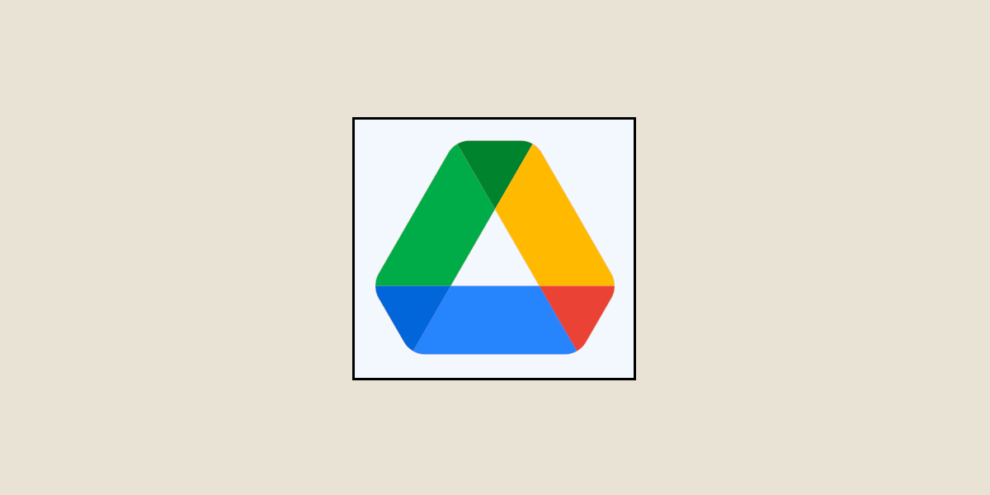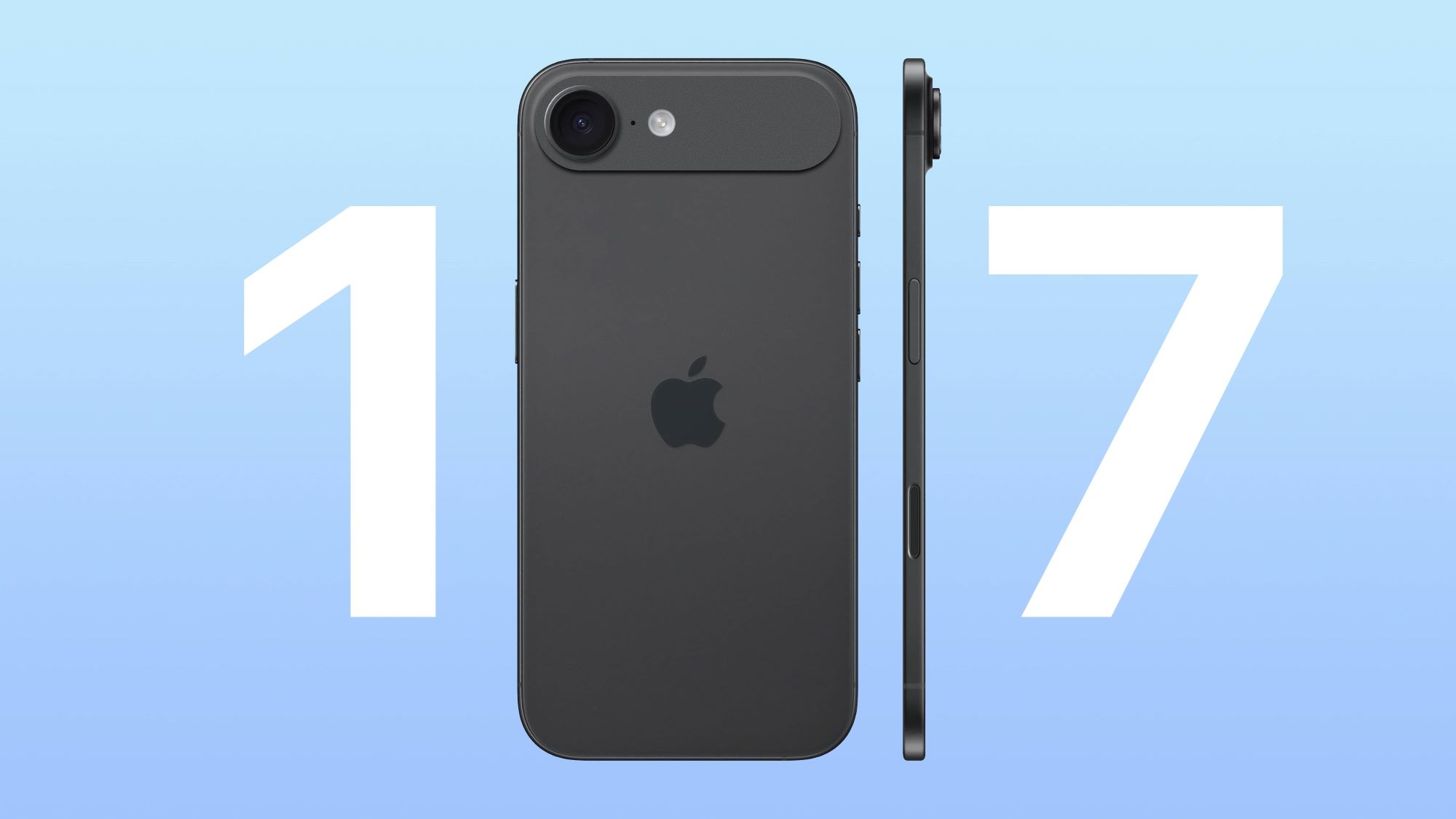For years, Windows users on Arm devices have faced limitations when accessing Google Drive. Relying on the web version or Android app through emulation was often a clunky and inefficient experience. But the wait is finally over. Google has officially released a native Drive app for Windows on Arm, promising a significant boost in performance, reliability, and seamless integration. This move opens up a world of possibilities for users who depend on Google’s cloud storage ecosystem, delivering faster syncing, smoother workflows, and improved battery life.
This native application is a game-changer for anyone using an Arm-based Windows device like the Surface Pro X or laptops powered by Qualcomm Snapdragon processors. Previously, these users had to rely on workarounds that impacted performance and efficiency. Now, with a dedicated app built specifically for their architecture, they can enjoy the full benefits of Google Drive without compromise. This means faster file uploads and downloads, improved responsiveness, and better integration with the Windows operating system. Whether you’re a student, a professional, or a casual user, this update significantly enhances the Google Drive experience on Windows on Arm.
Why This Matters
To understand the significance of this release, let’s delve into the technicalities. Arm processors are known for their energy efficiency and are increasingly found in thin and light laptops. However, software compatibility has been a challenge, with many applications designed primarily for the x86 architecture prevalent in traditional PCs. Google’s decision to develop a native Arm version of Drive demonstrates a commitment to supporting this growing segment of the Windows market.
Personally, I’ve been using a Surface Pro X for over a year now, and the difference is night and day. Before, uploading large files or syncing multiple folders felt like a chore. The web version was slow, and the Android app, while functional, wasn’t optimized for a desktop environment. With the native Arm app, everything just works. Syncing is incredibly fast, the app feels responsive, and it integrates seamlessly with Windows File Explorer. It’s the experience I always wished for.
A Deep Dive into the Benefits
- Enhanced Performance: The native app leverages the Arm architecture to deliver significantly faster file transfers and overall responsiveness. Say goodbye to frustrating wait times when syncing large files or accessing your data.
- Improved Battery Life: Arm processors are renowned for their power efficiency. The native Drive app is optimized to consume less energy, extending the battery life of your device.
- Seamless Integration: The app integrates seamlessly with the Windows File Explorer, allowing you to access your Drive files just like any other folder on your computer. Drag and drop, file sharing, and other common operations are smooth and intuitive.
- Offline Access: Just like the traditional Drive app, you can choose to make files available offline, ensuring you can access your important documents even without an internet connection.
- Enhanced Security: The app benefits from the security features built into Windows on Arm, providing an additional layer of protection for your data.
More Than Just File Storage
Beyond the core functionality of file storage and syncing, the Google Drive app for Windows on Arm also unlocks access to the broader Google Workspace suite. This includes:
- Google Docs, Sheets, and Slides: Create and collaborate on documents, spreadsheets, and presentations in real-time.
- Google Photos: Back up and organize your photos and videos, with options for automatic syncing and smart search features.
- Google Keep: Capture notes, lists, and reminders, and sync them across your devices.
This integrated experience makes Google Drive a powerful productivity hub, especially for users who rely on Google’s services.
The Future of Google Drive on Windows
This release signals Google’s commitment to the evolving landscape of Windows devices. As Arm-based PCs become increasingly popular, we can expect further optimizations and feature enhancements for the Drive app. This includes potential integration with Windows 11’s new features and deeper collaboration with other Microsoft services.
Google is also actively encouraging developers to create Arm-native versions of their applications. This collaborative effort will lead to a richer and more performant software ecosystem for Windows on Arm, benefiting users across the board.
How to Get Started
If you’re using a Windows on Arm device, getting the new Drive app is simple:
- Go to the Google Drive download page.
- Select the option for “Windows on Arm.”
- Download and install the app.
Once installed, sign in with your Google account, and you’re ready to go. Your existing Drive files and folders will automatically sync to your device.
Addressing Potential Concerns
While the release of a native Drive app is undoubtedly positive, there might be some initial concerns or questions:
- Will the app support all the features of the web version or the x86 app? Google is actively working to ensure feature parity across all versions. However, some advanced functionalities might be rolled out gradually.
- What about compatibility with older Arm devices? The app is designed to work with a wide range of Arm-based Windows devices. However, very old devices might have limitations.
- Will there be ongoing support and updates? Yes, Google is committed to providing regular updates and support for the app, ensuring compatibility and addressing any issues that arise.
The arrival of Google Drive for Windows on Arm marks a significant milestone in the evolution of cloud storage on Windows devices. It brings a much-needed performance boost and seamless integration for users who have embraced the Arm platform. This move not only enhances the user experience but also paves the way for a more robust and diverse software ecosystem for Windows on Arm. Whether you’re a power user or a casual user, this update is undoubtedly a welcome change, making Google Drive an even more compelling choice for your cloud storage needs.




